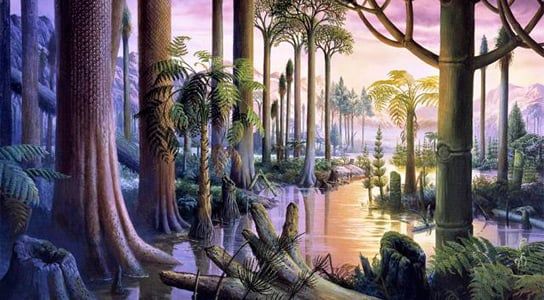
Permian-era swampy forest illustration.
Paleoecologists have reconstructed a Permian-era swampy forest, filled with long-extinct plant species, thanks to analyses of well-preserved fossils entombed in a layer of volcanic ash in northern China, under a coal mine. While many of the species are already known to science, the eruption that covered the tropical forest in ash created a sort of time capsule, preserving an unprecedented level of detail of the region’s flora.
Whenever broad areas are preserved in a geological instant, researchers can get a true glimpse of the ecosystem and ecology of the forest. Hermann Pfefferkorn, a paleoecologist at the University of Pennsylvania, Philadelphia, states that the most reliable preservation comes from a layer of volcanic ash, which is even better for specimens that floods.
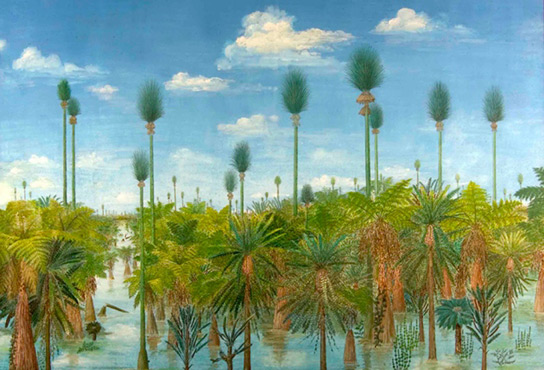
The forest dates from 298 million years ago, in the Permian, and researchers did the reconstruction by analyzing the positions of individual plants across three sites, which together cover more than 1,000 square meters. The scientists published their findings in the journal Proceedings of the National Academy of Sciences, and the peat forest contained trees that looked like feather dusters, with trunks twice the height of telephone poles.
They found three species of Noeggerathiales, a small-spore-bearing type of tree that is supposed to be a close relative of the earliest ferns.
298 million years ago, the forest sat on the northwestern tip of a large tropical island off the eastern shore of the supercontinent Pangea, while most forests like this one had died out elsewhere millions of years earlier.
Reference: “Permian vegetational Pompeii from Inner Mongolia and its implications for landscape paleoecology and paleobiogeography of Cathaysia” by Jun Wang, Hermann W. Pfefferkorn, Yi Zhang and Zhuo Feng, 21 February 2012, Proceedings of the National Academy of Sciences.
DOI: 10.1073/pnas.1115076109



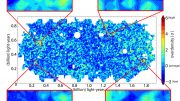
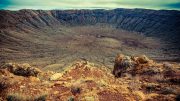
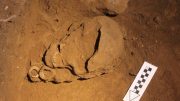
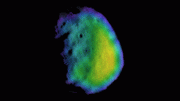


The artist has illustrated blue skies with thin whispy clouds that allow heat to radiate into space. At this time, the sun was smaller and too weak to warm the earth. Also the plants would die if exposed to direct sunlight. There were no ice caps because these delicate plants covered the whole earth to produce the fossil fuels we use today. The earth was warmed by earth’s hot radioactive core and insulated by the thick clouds created by cosmic rays due to the weak solar wind of the smaller sun. The temperature would have been 55 degrees F over the whole earth. It was a peat bog for more than a billion years. As the sun grew in size and power, the insulating clouds got thinner allowed bees and flowering plants to evolve. Ice caps did not appear until 50 million years ago.